Scaling a B2B Business in Public: Real Numbers, Challenges, and Lessons Learned
Episode Summary
In this seventh episode of Building in Public, David Ellis shares his real-time experience of scaling a B2B business while openly discussing challenges, successes, and lessons learned.
Stacey Cruickshanks, Head of Content at beetu.be, joins the conversation, pushing David to dive deeper into sales metrics, marketing spend, and the impact of demand generation.
They revisit the ambitious Q1 goal of signing 30 new high-ticket clients and assess progress so far. David explains how their marketing system is performing, what metrics they track, and why he's still personally handling sales calls as the CEO.
He also discusses their data-driven approach to increasing ad spend, the challenges of predicting revenue growth, and why their creative strategy avoids direct sales pitches.
As part of their commitment to transparency, they announce an upcoming Live Building in Public episode, where listeners can join, ask questions, and engage directly.
Guest Profile
David Ellis – Founder and CEO, building a B2B business in public. Sharing transparent insights on marketing, sales, and scaling strategies.
Key Takeaways
At the start of the year, David and his team set a goal to sign 30 new high-ticket clients in Q1, essentially doubling their usual 15 per quarter. They committed to sharing this process publicly, tracking progress, and discussing real results.
So far, their marketing system is performing well. They set a target to spend £10,000 per month on marketing but are ramping up gradually. In January, they planned to spend £7,000, generate 26 demo calls, and keep the cost per demo at around £275. By the time of recording, they had 25 demo calls booked and a cost per demo of £277—right on track.
The only lagging metric is new sales, though David explains this is expected due to the delay between marketing spend and closed deals. They have already signed five new sales this month, totaling £62,000 in deal value. He remains optimistic that the groundwork laid in January will pay off in the coming months.
One unexpected factor has been repeat customers. Several clients returned to purchase additional services, prompting a discussion about whether the goal should be "30 new clients" or "30 new sales." While new customers were the original focus, revenue growth remains the ultimate measure of success.
Sales Metrics and Decision-Making
David admits he doesn’t have an exact number for his average sales cycle length but knows it varies widely. Some prospects sign up immediately after a demo call, while others take months to return. The benefit of a demand generation approach is that many buyers complete their decision-making process before ever reaching out.
In terms of quality, their sales calls have been highly targeted, with a strong show-up rate of over 90%. Unlike traditional lead generation funnels, where up to 30% of booked calls don’t happen, their approach ensures they speak with engaged and qualified prospects.
Despite being the CEO, David still handles all sales calls himself, dedicating about 7 hours per week—nearly 25% of his time—to these conversations. He sees this as an essential part of staying close to customers, understanding their needs, and refining their approach. Eventually, he will transition sales calls to a team member, but for now, it remains a priority.
To scale effectively, they follow a structured decision-making framework for marketing spend. If cost per demo is below target, they increase the budget significantly. If it's on target, they make smaller adjustments. If it rises above target, they assess creative performance and conversion rates before making changes.
Earlier in January, they made a bold move by increasing ad spend by 110% after an initial surge in low-cost demos. However, results slowed in the following week, demonstrating the need for a more gradual, strategic approach.
The Creative Strategy That Works
One of the biggest lessons David has learned is that the less he directly asks for business, the more sales they generate. Instead of aggressive lead generation tactics, their content is purely educational and insight-driven. This attracts the right audience without the need for hard selling.
While this approach may not work for every business, it has proven highly effective for them. When marketing efforts resonate, inbound leads come naturally. The focus remains on delivering value, building credibility, and letting potential customers make their own buying decisions.
Live Podcast Announcement
For the first time, Building in Public will be recorded live with an interactive audience. On 19 February 2025, listeners will have the chance to join the conversation, ask David questions, and gain deeper insights into the process.
Seats are limited, and priority will be given to those subscribed to the Building in Public updates on their website. If spots remain open, they will be announced publicly on LinkedIn. However, given the small and highly engaged community, these seats are expected to fill quickly.
Chapters and Time Stamps
[00:46] – Introduction & Episode Overview
[01:10] – Reviewing Q1 Goals & Scaling Up
[03:58] – Marketing Metrics & Performance Analysis
[06:35] – Debate: Counting Repeat Clients as New Sales?
[07:48] – Sales Cycle Length & Buying Journey Insights
[09:38] – Quality of Sales Calls & Show-Up Rates
[12:31] – Why David Still Handles Sales Calls as CEO
[15:14] – Close Rate & What’s Not Working
[18:54] – Data-Driven Marketing Spend Strategy
[23:40] – Creative Strategy: Why Less Asking = More Sales
[25:31] – Live Episode Announcement & How to Join
About the Podcast
Building in Public is a behind-the-scenes look at growing a B2B business with complete transparency. Hosted by David Ellis, each episode shares real-time insights, challenges, and strategies for scaling.
Want to join the next live episode? Sign up for updates at https://beetu.be/build-in-public-updates.
Subscribe, follow, and stay tuned for more in-depth growth insights.
